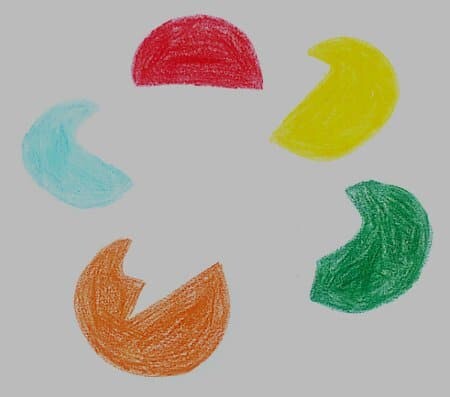WebRTC is a disruptive technology. Is it going to end up fragmenting VoIP even further or will it start consolidating the various solutions we have?
Alan Quayle made a very interesting point in a recent post about the history of instant messaging:
Joyn has the potential to offer a more successful communications experience nationally as it works across all operators with an enriched communication experience similar to the OTT providers. In the limit a customer’s preferred service will be the one that just works and happens to be bundled with their mobile ISP (Internet Service Provider) bill.
The post starts from covering the move of instant messaging OTT solutions to silos, where the business model doesn’t incentivize connecting the users to other systems and networks – what is the point if the only way to success is monetizing the users and not billing them?
In terms of technology, the next thing we will see is WebRTC. It pushes multimedia communication into the web browser natively and it reduces barriers of entry to anyone with a creative use case.
Alan Quayle piece raised a question that bugs me to this day – will WebRTC cause the market to fragment more, into additional siloed solutions, or will it cause a consolidation, where users will be able to interact across networks?
 The Case for Fragmentation
The Case for Fragmentation
Since WebRTC reduces barriers of entry, more players can now play this game, which brings with it a lot more options. There are already a handful of startups that provide video calling services using WebRTC – and it isn’t out of browser beta yet.
And WebRTC isn’t a closed and full solution like RCS – it is just a media framework wrapped with an API for browsers. Not nearly enough to offer interoperability.
WebRTC is going to fragment the market further, with a multitude of new ways of communications, alas siloed ones.
The Case for Consolidation
Fast forward a couple of years. WebRTC is available on most browsers – PC or mobile. Even on the notoriously closed garden of Apple’s iOS. It doesn’t offer interoperability, or even common signaling. But it does allow for anyone to offer a URL to reach him – means of communication similar to an email address.
You give that URL to someone and he can just “dial” you up. No need to install anything. In Alan Quayle’s words: it is just works and happens to be bundled with your device.
Assuming OTT players or carriers who adopt WebRTC wish, they can offer such a feature with no effort at all. They can even leverage it to gain more users and increase their size.
Consolidation in this case is not a matter of interoperability across networks but rather availability with no affiliation to a carrier or an OTT vendor.
I made a similar point in the design I did for the future video conferencing room system, where the provider/network/standard doesn’t matter.
–
It is still early days for an answer. I am not sure where it will go. If I had to bet it would be on further fragmentation.

Based on our experience adding webRTC support to Phono.com, I’m leaning towards the, less fragmentation case, we’ve already prototyped the ‘just send a URL’ to initiate a call.
However that requires that the callee is ‘listening’ for incoming notices on the correct channel.
Exactly what those notification channels will center around isn’t clear yet – there are obvious candiates:
Google, Facebook, Apple.
Less obvious but huge players:
Carriers, enterprises etc.
Disruptive:
Small niches, clubs, associations, ad-hoc short term groups.
Tim,
You raise a very important point there of who would be the one owning the signaling – or at least how we get notified about incoming calls.
The options you list are all valid and it will be interesting to see how it develops.
As it looks now, I would assume the signaling and AOR (address of reference) layer would be taken by SIP.
SIP has the additional advantage of providing the glue to the so-far universal AOR: the telephone number.
That is precisely the reason why we are currently working on a highly scalable WebRTC-SIP gateway.